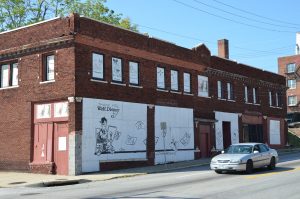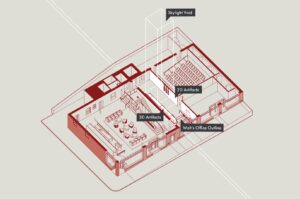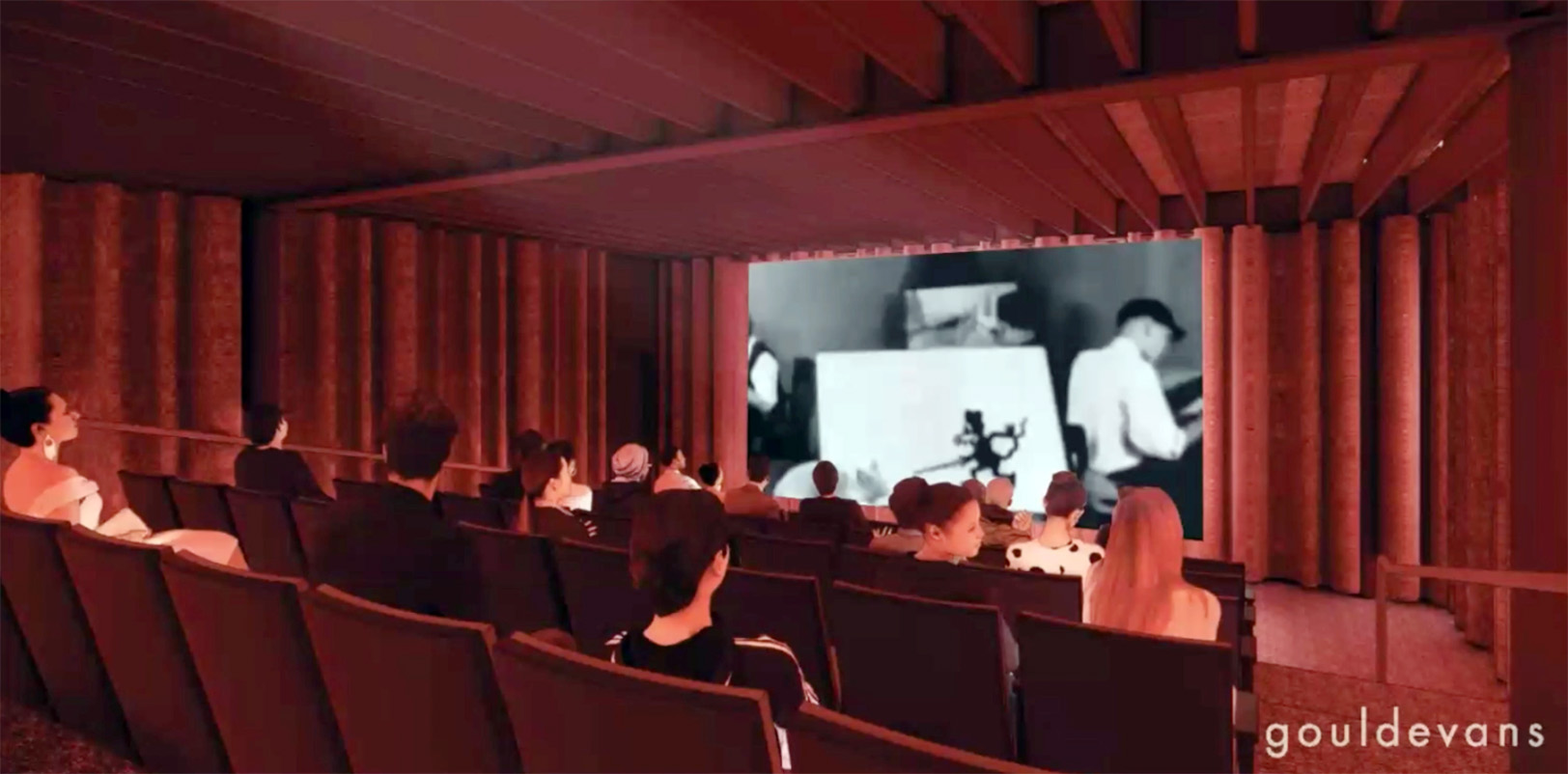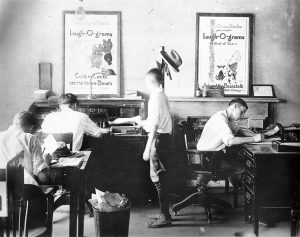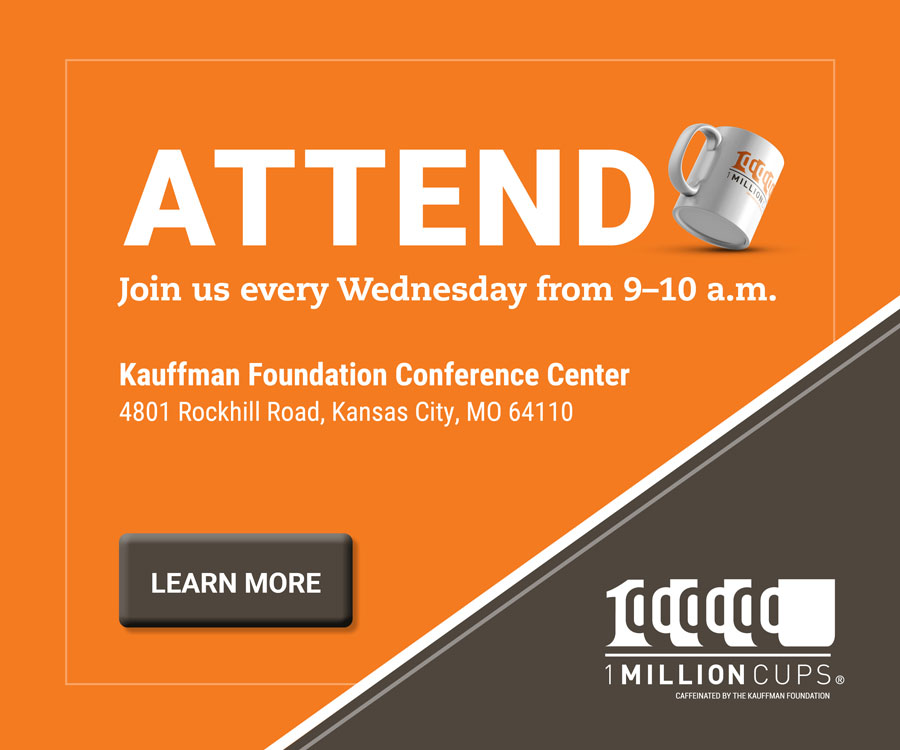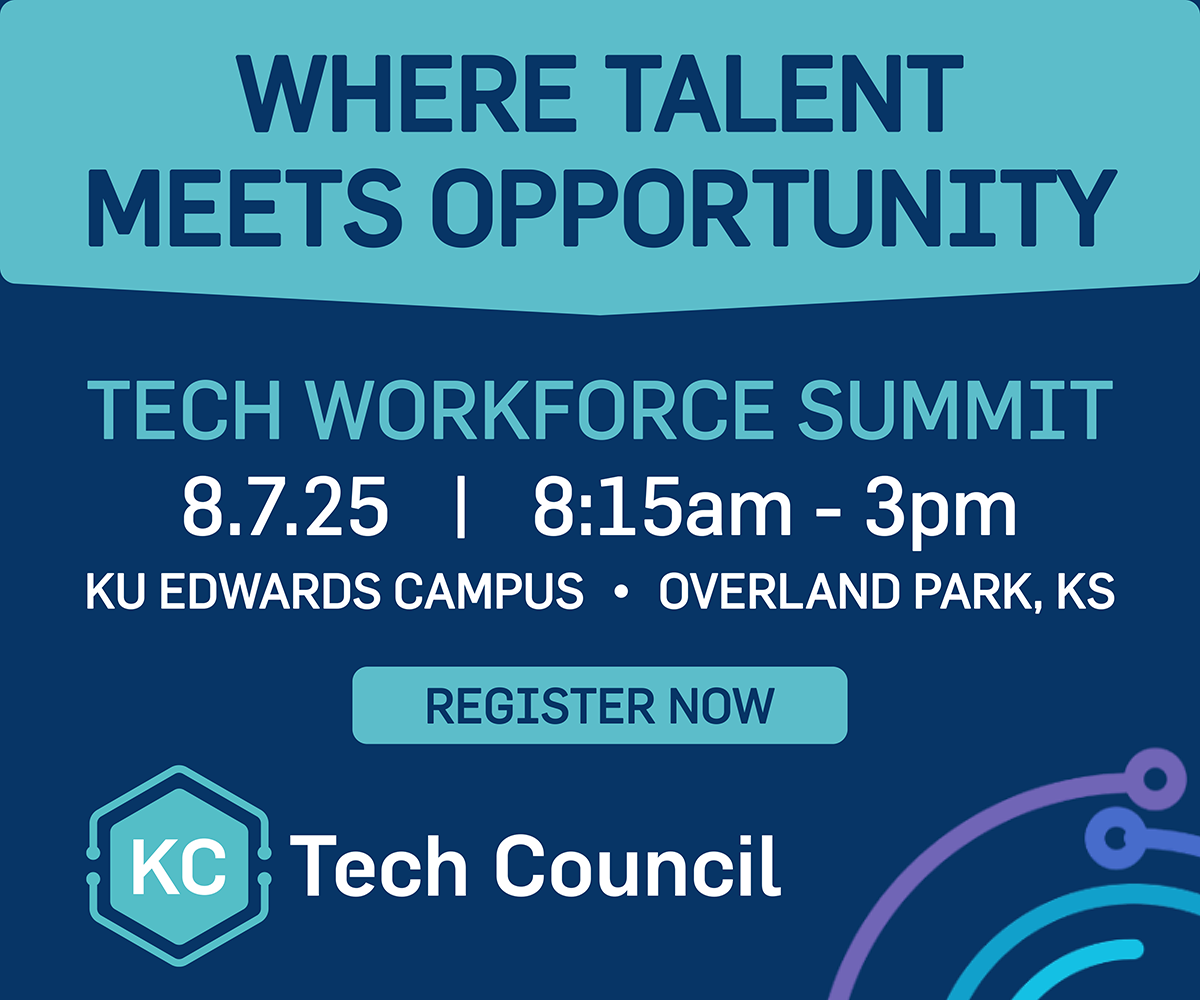A decades-long effort to redevelop Walt Disney’s original Laugh-O-gram animation studios at 31st and Forest, along the Troost corridor, will receive $2 million in federal funding, as officially announced last week by Congressman Emanuel Cleaver II.
The influx of funding should generate “momentum” to raise the remaining money needed to complete the project, said Gary Sage, building development director and board member for Thank You Walt Disney (TYWD), the nonprofit behind the project.
“When you’re out there raising money, that issue of momentum is important,” Sage said. “Congressman Cleaver, he cuts a huge swath with how important he is, how incredible he is, and how responsible he is.”
Thank You Walt Disney applied for Community Project Grant Funding in the 2023 federal budget per the recommendation of Cleaver, who has been a supporter of the restoration since his time as mayor of Kansas City (1991-1999).
The grant’s impact is already being felt, Sage noted, as the Missouri Development Finance Board authorized $500,000 in state tax credits that TYWD can offer to businesses that pledge donations.
“At this point, we’re about 55 percent of where we need to be with regard to the funding, and I’m pretty confident that we can fill in that additional $4 million reasonably quickly,” Sage said.
Sage hopes to complete the fundraising by the end of the second quarter of 2023, which would allow for construction to begin during the third quarter, he said. The construction process is estimated to take 12 to 18 months, he added.
Watch the Thank You Walt Disney funding announcement with Congressman Emanuel Cleaver II below, then keep reading.
Midwestern hub for digital media training
Once completed, the building is expected to feature a Plexpod coworking office, a digital media training studio operated by digiSTORY KC, a 50-seat movie theater, and a recreation of Disney’s office with an interactive museum and other exhibits.
The digiSTORY KC studio will focus on teaching K-12 and college students about animation and other digital media skills, in addition to providing professional training and computer literacy courses.
Thank You Walt Disney board member Ron Green founded digiSTORY KC in 2014 after retiring from Hallmark, where he trained thousands of employees in the company’s creative department.
Ideally, Sage said, students could parlay their newly-learned skills into internships with companies working out of the Plexpod office space, turning the building into a digital media innovation hub.
“Our hope is that while the students are being trained, they also have the opportunity for internships with digital media companies in the coworking space,” Sage said. “And then, hopefully they pick up some of the skills that are necessary for business startups so that it actually will create some digital media companies coming out of the facility.”
The nonprofit’s plan to lean into the building’s history while providing economic opportunity to future generations ultimately led to securing the federal funding, as Congressman Cleaver noted in a letter to Butch Rigby, board chairman of Thank You Walt Disney and founder of Screenland Companies.
“This vision, combined with the strength of these cooperating organizations and the building’s location, should provide the energy for significant job creation in the Troost corridor and the potential for establishing Kansas City as the Midwestern hub for digital media training and business creation,” Cleaver wrote.
‘It’s gonna happen’ — but it won’t just be a museum
Adding the partnerships with digiSTORY KC and Plexpod — which will likely manage the facility on a day-to-day basis, Sage said — allowed Thank You Walt Disney to reimagine the renovation, Sage said.
For many years after the nonprofit initially launched the effort to save the Laugh-O-gram studios during the 1990s, the expectation was that the building would be converted into a museum, he said.
“There was a notion that the building ought to be a museum, and the problem is that it’s really hard to get a museum enough cash flow that you can cover the maintenance and operation costs of the facility,” said Sage, who retired in 2018 from a long career in economic development research and policy.
Despite a shift in plans for how to use the former Laugh-O-gram studios in the 21st century, Thank You Walt Disney hasn’t wavered in its desire to honor the building’s history, Sage said.
Though Laugh-O-gram studios was only open from May 1922 to August 1923 before Disney went into bankruptcy, legendary animators and Kansas City natives Ub Iwerks and Bugs Hardaway got their start at the building before ultimately joining Disney in Hollywood.
“When Walt Disney started Laugh-O-Gram studios, there was really no animation west of New York City,” Sage said. “So he hired a bunch of young men, and I’m talking about 18-20 years old, and they taught themselves animation from a couple of books they checked out.”
Upon arriving in Hollywood to find a lack of animation talent, Disney summoned his six friends from Kansas City to join him, according to Sage.
That group went on to lead animation efforts not only at Disney, but also for MGM Studios, Hanna Barbera, and Warner Brothers, among others.
“We’ve characterized the building as really the cradle of Hollywood animation,” Sage said. “I don’t think that’s an excessive claim whatsoever.”
Damage to the building in 2021 when a driver crashed into the northeast corner of the structure delayed laying brick for the historic building’s facade and caused additional expenses, but only served as a single frame in the former Laugh-O-gram studios’ run, said Sage. Buoyed by $2 million and renewed momentum, he believes the long-in-the-making renovation will soon be ready to share Kansas City’s oft-forgotten role in animation history.
“The time that it’s taken, we’ve had some cynics out there who said this project is never gonna happen,” Sage said. “I heard that from a couple people in development circles, and I’m like, ‘It’s gonna happen.’ I don’t know that I’d still be doing this for free in retirement if I didn’t believe that it was capable of being realized, and I think we’re about at that point.”




